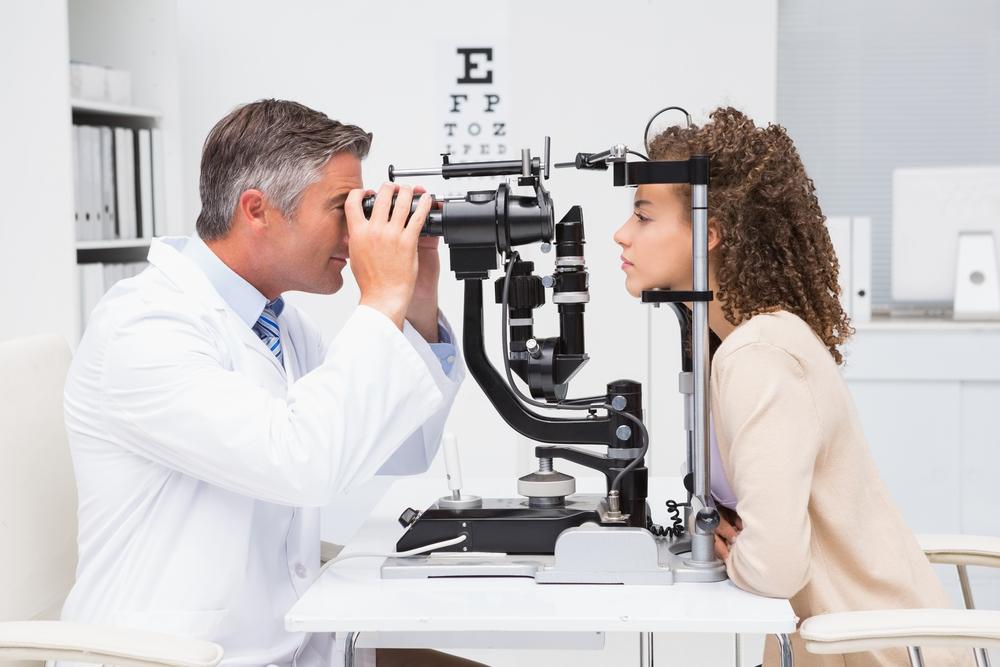Comprehensive Guide to Different Types of Migraines and Their Impact on Vision
This comprehensive article delves into various migraine types that can impact vision, including migraines with aura and ocular migraines. It explains their symptoms, differences, and practical management tips. Learn how to identify visual disturbances and the importance of timely medical intervention to reduce their effects. Discover effective strategies to manage triggers, use protective measures like eye masks, and keep a headache diary for better treatment outcomes, helping migraine sufferers preserve their vision and improve quality of life.

Understanding Various Migraine Types That Affect Sight
Migraines are a common neurological condition that can significantly disrupt daily life due to intense head pain, often accompanied by nausea and sensitivity to light and sound. Beyond the pain, many sufferers experience visual disturbances that vary depending on the migraine type. These visual symptoms can range from temporary blurriness to partial or complete vision loss, creating additional challenges for those affected. This comprehensive guide explores different types of migraines that specifically impact vision, providing insights into their symptoms, management strategies, and preventive measures.
Migraine with Aura
This type of migraine features transient neurological symptoms, primarily visual phenomena, that occur before or with the headache. Visual disturbances often include zig-zag lines, flashing lights, blind spots, or temporary vision loss. These symptoms typically develop gradually, usually over five to twenty minutes, and can last up to an hour. Alongside visual changes, some individuals experience other neurological symptoms such as tingling sensations, numbness, difficulty speaking, or weakness on one side of the body. The aura phase serves as a warning sign for many sufferers, allowing them time to prepare and manage their symptoms effectively.
Visual symptoms associated with migraines with aura can sometimes be mistaken for other neurological conditions, making proper diagnosis crucial. If you notice these symptoms, it’s important to consult a healthcare professional for assessment and personalized treatment planning. Managing triggers such as stress, certain foods, hormonal changes, and irregular sleep patterns can help reduce the frequency of these episodes.
Ocular Migraine (Retinal Migraine)
This specific subtype primarily affects only one eye, leading to visual disturbances that can mimic those seen in migraines with aura but are localized to a single eye. Symptoms include temporary partial or complete vision loss, shimmering vision, or blindness in one eye. Unlike typical migraines with aura, ocular migraines may not always be accompanied by a headache, although some individuals do experience head pain afterwards. These episodes usually last less than an hour but can recur frequently.
Differences Between Ocular Migraine and Aura
While both involve visual symptoms, ocular migraines are confined to the retina or optic nerve, whereas migraines with aura involve cortical spreading depression affecting larger areas of the brain's visual cortex. Accurate diagnosis often involves eye examinations and neurological assessments to rule out other serious conditions like retinal detachment or vascular issues.
Managing Visual Symptoms During Migraines
If you experience visual disturbances during your migraines, there are several strategies to help mitigate discomfort and protect your vision. Finding a quiet, dark, and comfortable environment can help ease symptoms. Deep breathing exercises and relaxing techniques can also reduce stress, a common trigger for migraines.
Using an eye mask to block out bright lights during an episode can be quite effective, especially if you are sensitive to light. Additionally, maintaining a consistent sleep schedule, staying hydrated, and avoiding known triggers are essential in reducing the frequency and severity of migraine attacks. It’s important to keep a detailed headache diary, noting the nature of visual symptoms, duration, potential triggers, and attack frequency. Such records assist healthcare providers in tailoring specific treatment options, which may include medications, lifestyle modifications, and other therapies.
Timely medical consultation is critical if you experience new or worsening visual symptoms, especially if they are sudden, persistent, or associated with other neurological signs. Optical or neurological examinations, along with imaging tests if necessary, can help determine the cause and appropriate treatment plan. For those who suffer frequent migraines affecting vision, preventive medications or therapies may be recommended to lessen the impact on daily life and preserve visual health.




